Terms and Conditions of Service
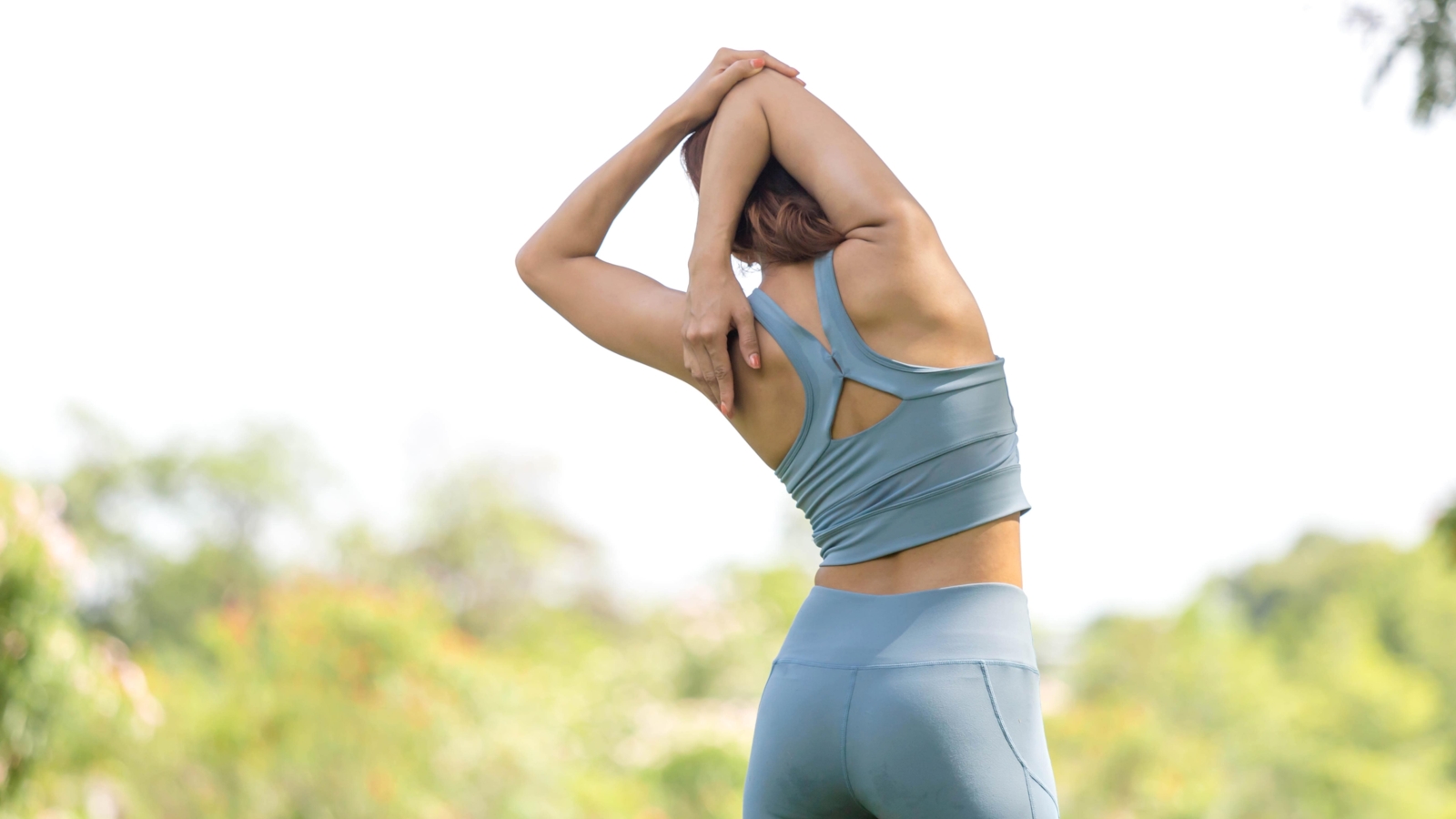
Your shoulders are the most mobile joints in your body. They allow you to reach overhead, swing your arms, support your weight, and perform countless daily tasks. But with great mobility comes a need for stability. Without enough control, the shoulder can feel weak or even become injured. To keep your shoulders healthy, it’s important to balance both mobility and stability in your training.
Why Shoulder Mobility Matters
Shoulder mobility is your ability to move the joint through its full range of motion. Good mobility makes everyday activities smoother — from reaching a shelf to fastening a seatbelt. It also supports proper posture by keeping your shoulders from rolling forward, something that often happens when we spend too much time sitting.
When mobility is limited, other areas like your neck or lower back may try to compensate, which can lead to strain. Regular mobility work improves circulation, relieves stiffness, and helps you move with greater ease.
Example: Across-the-Chest Arm Stretch
- Standing with feet under your hips, take one arm across your chest and gently pull at the elbow with the opposite hand.
- Breathe steadily as you hold the stretch, then switch sides.
This simple movement opens the back of the shoulder and relieves daily tension.
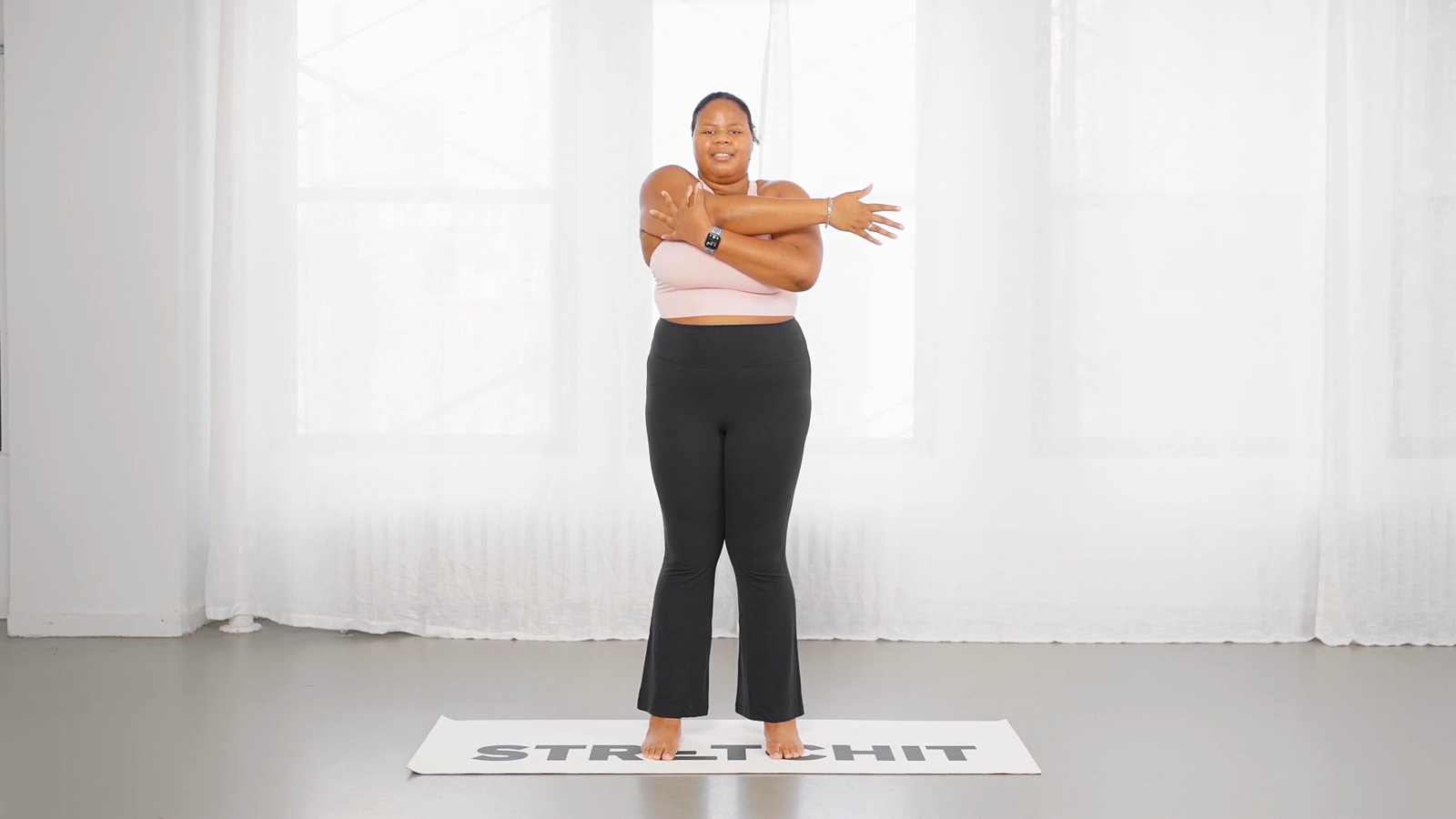
Example: Strap Shoulder Opener
- With a strap or belt held slightly wider than shoulder-width, raise your arms overhead and gently guide them back as far as you can without arching your rib cage.
- Think about keeping the ribs closed and hips stable as you move.
This exercise creates space in the shoulders and chest while reinforcing good posture. If you don’t have a strap, you can use a belt, scarf, or even a towel.
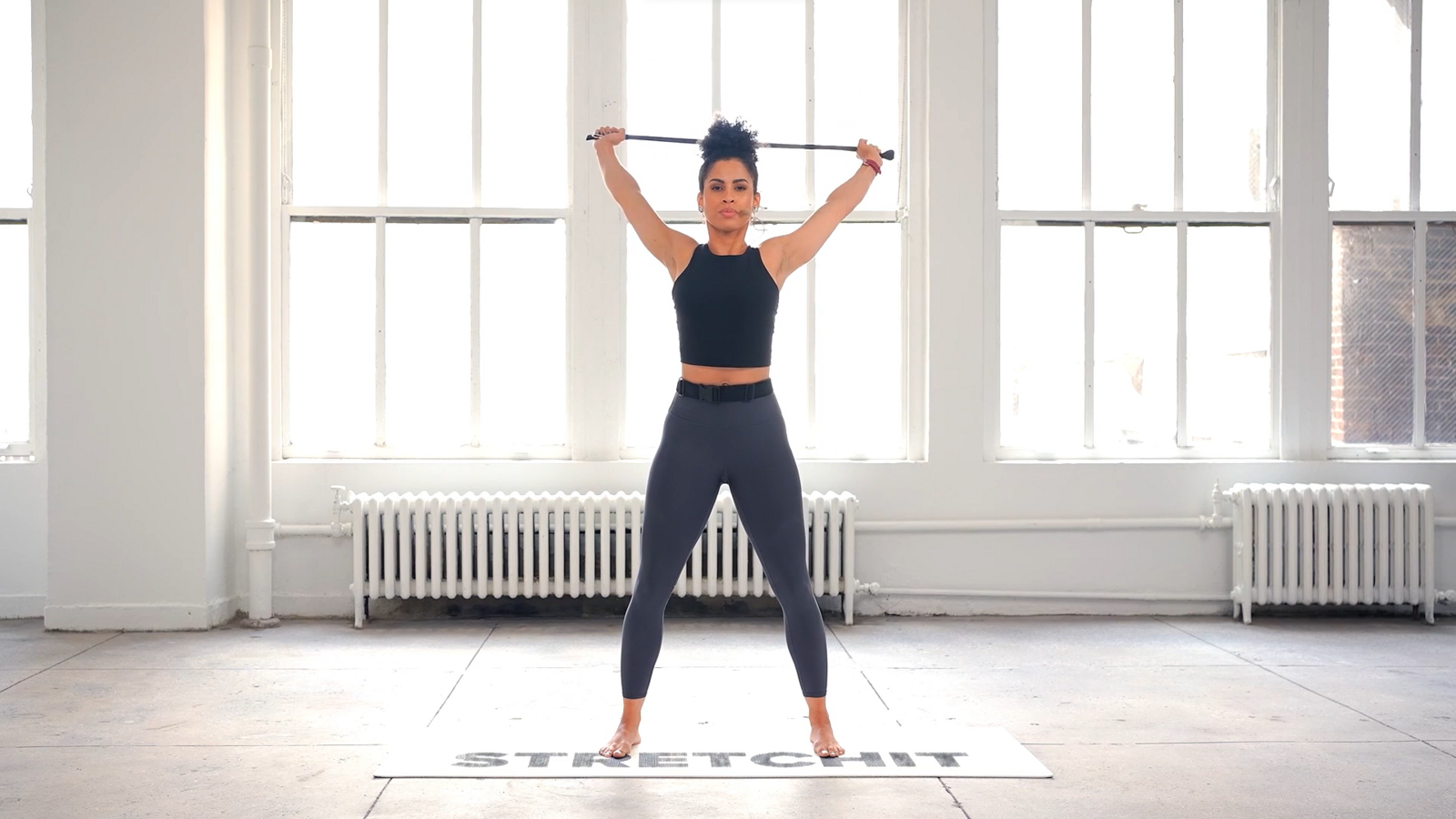
Why Shoulder Stability Matters
While mobility gives you freedom to move, stability provides the control that keeps your shoulders safe. Stability is the ability of the joint to stay strong and steady while moving or holding weight. Without it, even a flexible shoulder can feel unstable, leaving you more prone to injury.
Strong stabilizing muscles, like the rotator cuff, are essential for activities such as carrying bags, supporting your body in plank, or playing sports that involve throwing. Shoulder stability also protects the joint when you push, pull, or lift.
Example: Triceps Stretch with Overhead Reach
- Lift one arm overhead, bend the elbow, and guide it gently with the opposite hand.
- While this looks like a flexibility exercise, holding the position also challenges your ability to stabilize the shoulder blade and upper back. Focus on staying tall and steady.
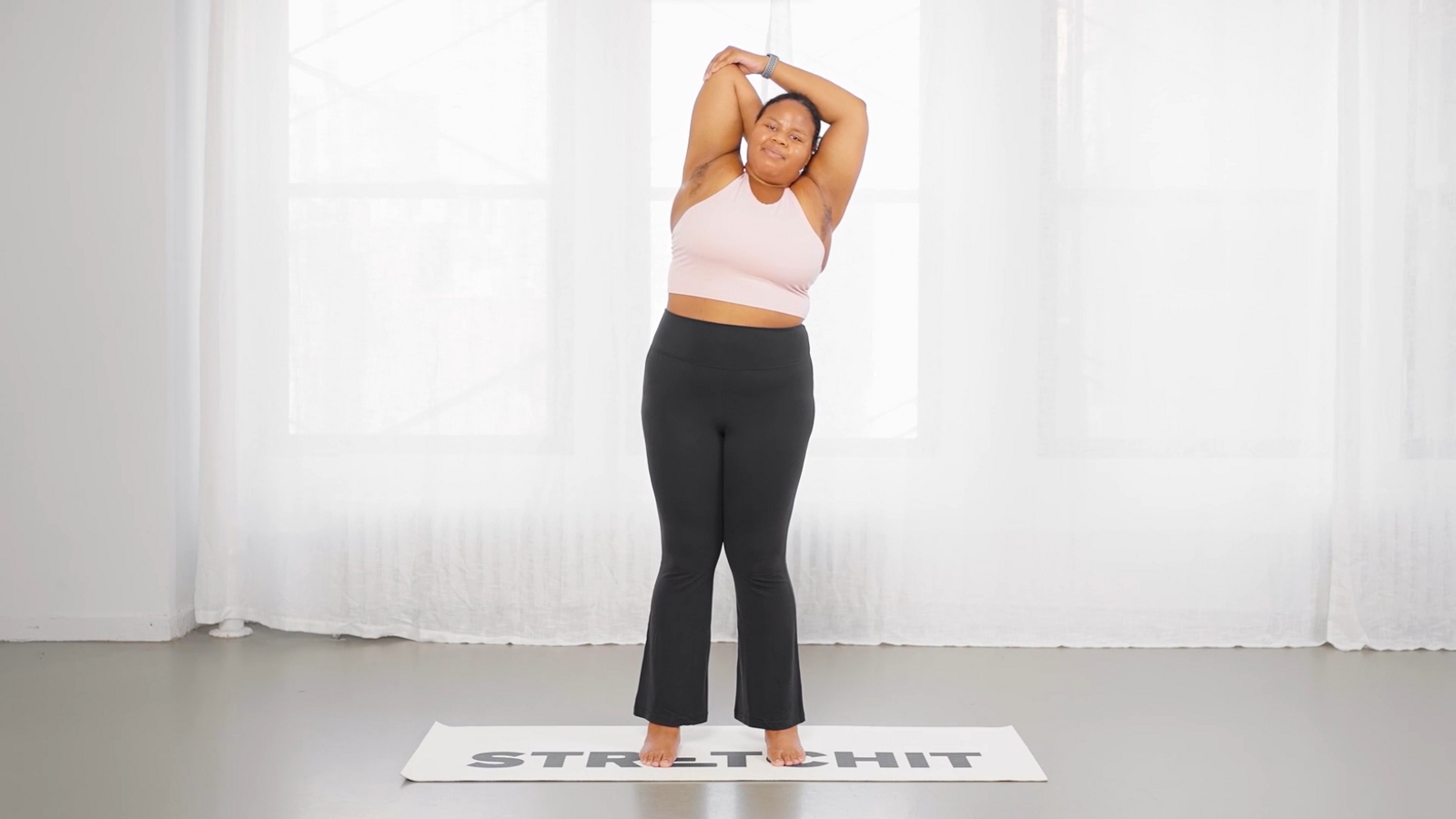
Example: Behind-the-Back Clasped Hands Stretch
- Sit comfortably on your heels or stand tall.
- Interlace your fingers behind your back, straighten the arms, and gently lift your hands away from the body while keeping your chest lifted.
This stretch improves shoulder mobility in extension while also teaching control through the upper back and shoulder blades.
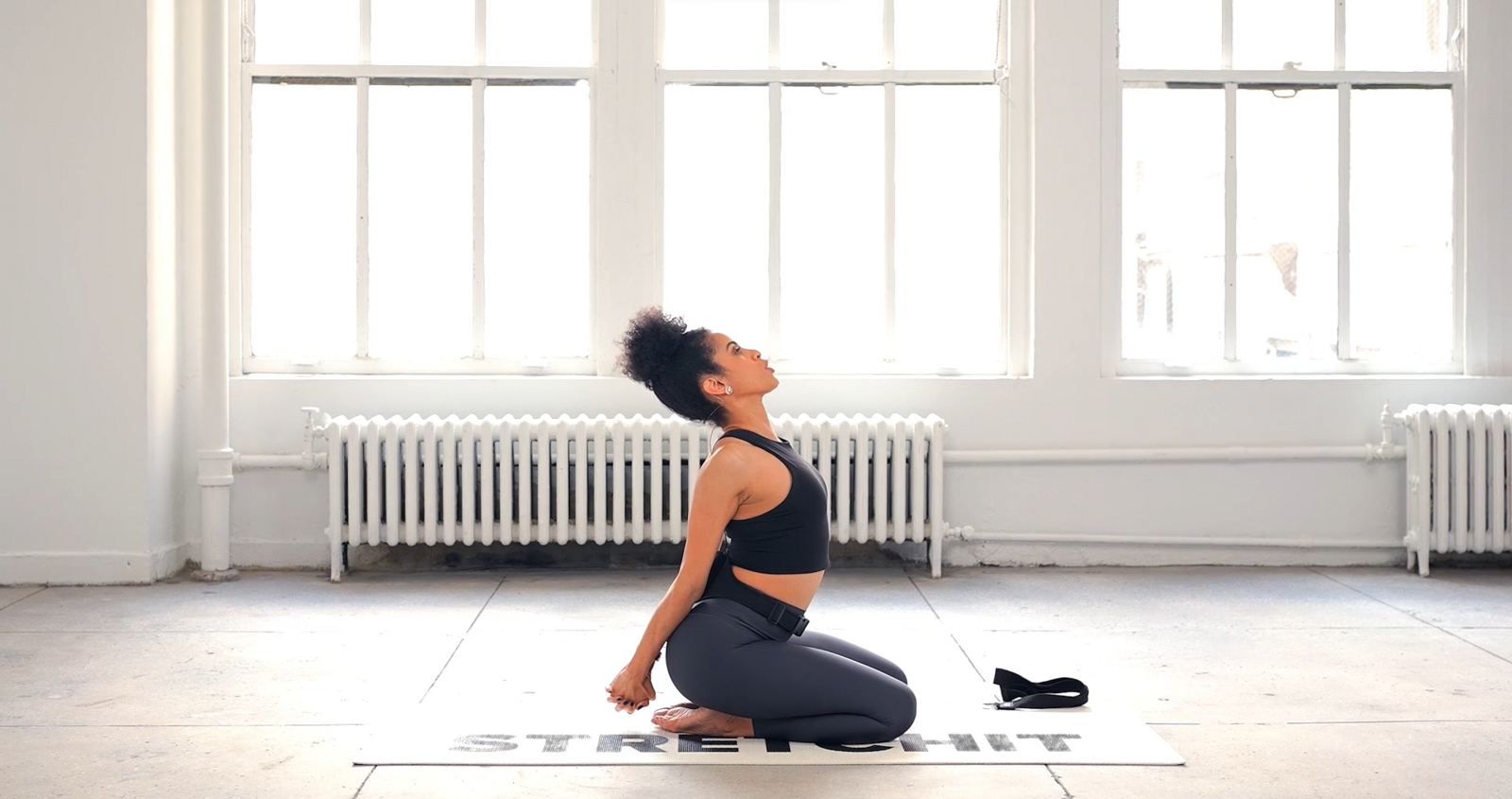
Finding the Right Balance
The key is not to focus on one over the other. Too much mobility without stability can leave the joint vulnerable, while too much stability without mobility can limit your movement. Incorporating both types of exercises ensures that your shoulders are not only flexible but also strong enough to support your lifestyle and workouts.
Try This Pairing:
- Start with the Across-the-Chest Arm Stretch to loosen the shoulder, then follow with the Behind-the-Back Clasped Hands Stretch to build controlled strength. Together, these create a balance of freedom and control.
The Takeaway
Your shoulders thrive on balance. By combining mobility work that improves range of motion with stability training that strengthens supporting muscles, you’ll build shoulders that move freely and stay strong in daily life.
Ready to build strong, mobile shoulders? Explore guided Shoulder Mobility and Stability routines in the STRETCHIT app and feel the difference for yourself!
